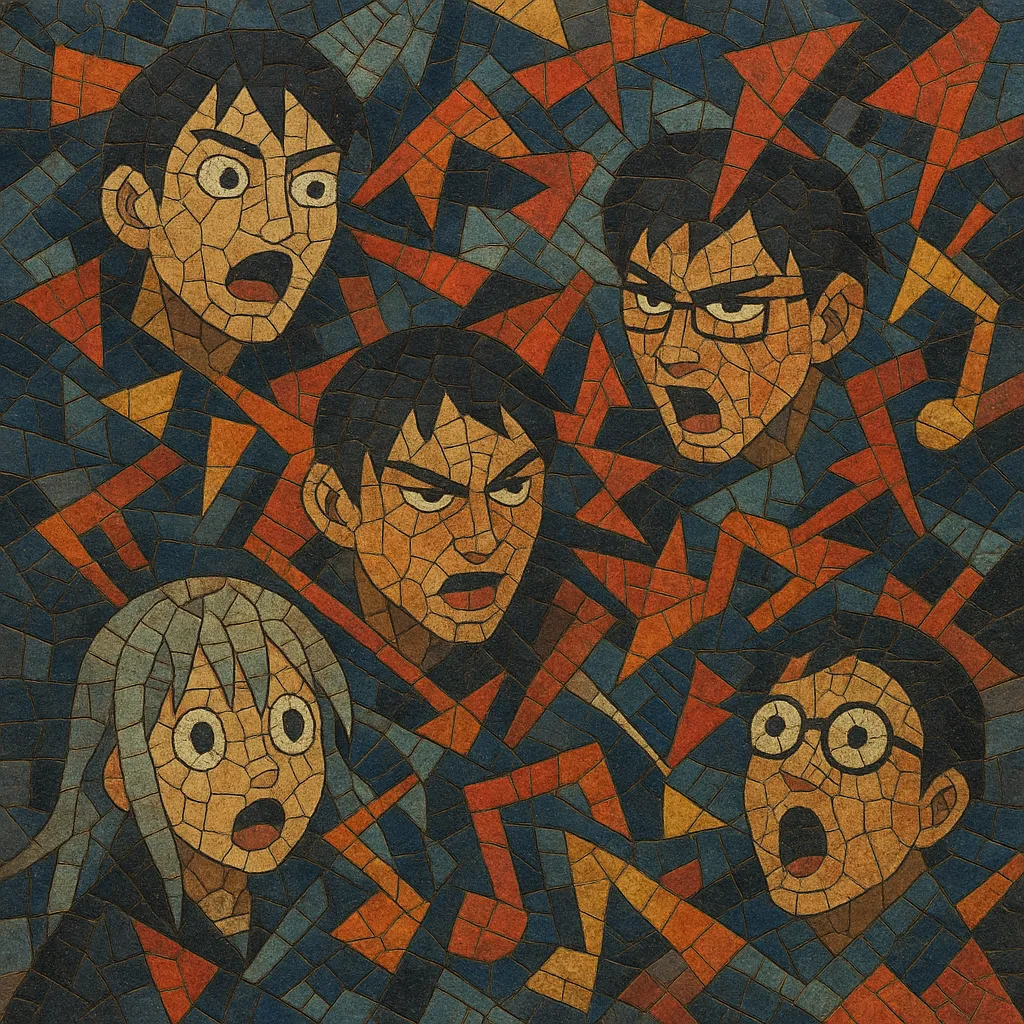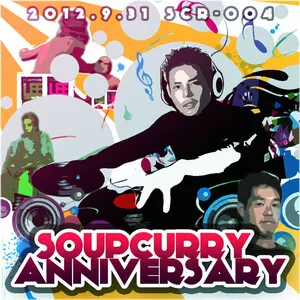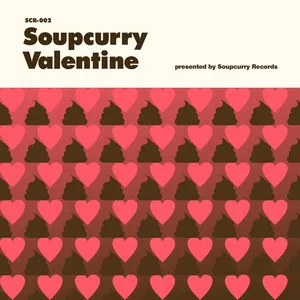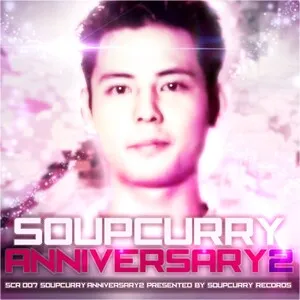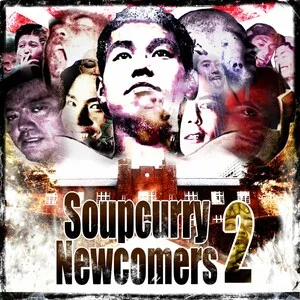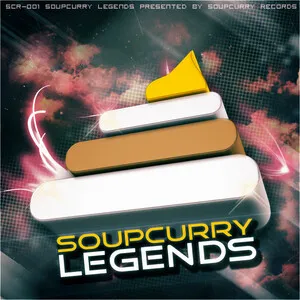Otomad (音MAD) is a Japanese internet-born remix style centered on building musical pieces from tightly edited speech, sound bites, and short audio "materials" (素材) taken from anime, TV, video games, commercials, and memes. Creators slice, pitch-shift, and time-stretch these micro-samples to perform melodies and rhythms, often reconstructing familiar songs or composing original tunes with a comic, frenetic edge.
It emerged on Nico Nico Douga in the late 2000s as a sibling to Western YTPMV, but with its own techniques, humor, and source pools. Typical Otomad tracks emphasize rhythmic chopping, precise pitch-correction, and memorable catchphrases used as hooks, producing a dense, sample-collage sound that is both musical and referential. The style is community-driven and largely authored by pseudonymous uploaders, and it frequently pairs audio with fast-cut visual editing for maximum meme impact.
Otomad took shape on Japan’s Nico Nico Douga video platform during the late 2000s, as users began repurposing short audio "materials" (素材) from anime, variety shows, commercials, video games, and net memes to build rhythmic, tuneful collage pieces. The practice drew on earlier sample-based traditions (plunderphonics, mashups) and paralleled the Western YTPMV scene, but it coalesced with distinct Japanese meme sources and editing aesthetics.
Creators refine micro-samples with surgical precision: chopping syllables to a rhythmic grid, pitch-correcting lines into melodies, and time-stretching to lock grooves. Hallmark moves include turning catchphrases into hooks, recreating popular melodies from speech, and layering call-and-response between different characters or sources. While humor, surprise, and referentiality drive the appeal, the musicality—tight timing, clear harmonies, and memorable drops—keeps pieces replayable beyond the joke.
The scene is highly community-driven and pseudonymous. Nico Nico Douga tags and playlists helped codify conventions and shared "素材" packs. There was early, ongoing cross-pollination with YTPMV on YouTube; both communities traded techniques, memes, and workflows. As Otomad matured, it also intersected with doujin culture and Vocaloid circles, expanding the pool of source material and audiences.
Otomad persists as a living meme music practice: trends shift with each new anime season, viral commercial, or game release. While rooted in platform culture, its techniques—speech-to-melody mapping, micro-sample percussion, and comedic callouts—have influenced broader meme-music forms and informed later SoundClown-style edits in the 2010s.

